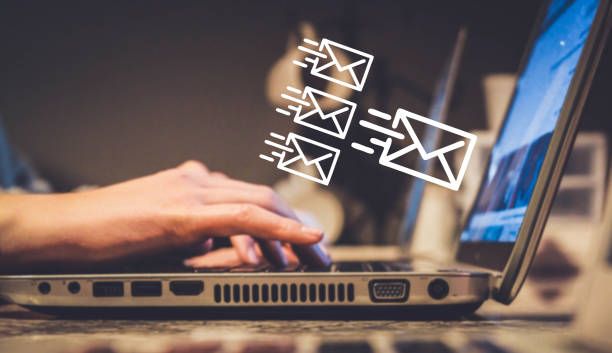When it comes to building and maintaining relationships, effective communication is key. In the digital age, email has become an indispensable tool for professionals to connect and engage with clients, colleagues, and prospects. However, sending generic and uninspiring emails can hinder relationship development. That's where email check-in templates come into play. In this article, we'll explore the art of crafting effective email check-in templates to strengthen communication and nurture relationships.
The Power of Email Check-In Templates

Email check-in templates are pre-designed email formats that serve as a starting point for your communication. They provide a structure and framework that allows you to quickly compose and send personalized messages while maintaining consistency and professionalism. Here are a few reasons why using email check-in templates is beneficial:
Time Efficiency
With email check-in templates, you can save valuable time by eliminating the need to write each email from scratch. Templates provide a foundation that you can customize according to the specific recipient and context, significantly reducing the time spent on composing emails. This efficiency allows you to focus on other important tasks while still maintaining effective communication.
Consistency and Branding
Using email check-in templates ensures consistency in your communication. Templates enable you to establish a consistent tone, format, and style across your emails, reinforcing your brand identity. This consistency helps recipients recognize and associate your emails with your brand, building trust and familiarity over time.
Personalization
Email check-in templates provide a structure that allows you to personalize your messages effectively. While templates offer a starting point, you can customize them by incorporating specific details relevant to the recipient, such as previous conversations, recent interactions, or shared interests. This personal touch demonstrates that you value the individual relationship, making your emails more engaging and meaningful.
Creating Effective Email Check-In Templates
Now that we understand the benefits of using email check-in templates, let's dive into the process of creating effective templates.

Define Your Objective

Before crafting an email check-in template, clarify your objective. Are you aiming to nurture an existing relationship, follow up on a previous conversation, or initiate contact with a new prospect? Understanding your objective helps you tailor your template to achieve the desired outcome.
Keep It Concise
When it comes to email communication, brevity is key. Craft your email check-in template with a clear and concise message. Avoid unnecessary details and focus on conveying your intention effectively. By keeping your email concise, you increase the chances of your recipient reading and responding to your message promptly.
Personalize Wherever Possible
While using a template, it's crucial to personalize your email. Incorporate specific details that demonstrate your awareness and understanding of the recipient's needs or preferences. This personal touch makes your email more relatable and encourages a deeper connection.
Provide Value
Make sure your email check-in template offers value to the recipient. Whether it's sharing relevant resources, providing insights, or offering assistance, demonstrating that you're invested in their success enhances the effectiveness of your check-in email. Providing value strengthens the relationship and encourages reciprocity.
Commonly Asked Questions
Q: Can I use the same email check-in template for different recipients?
A: While email check-in templates provide a structure, it's important to tailor your message to each recipient. Personalization is crucial for effective communication. Customize your email by including specific details and addressing the recipient's unique situation or needs.
Q: How often should I send check-in emails?
A: The frequency of check-in emails depends on the nature of the relationship and the context. It's important to find the right balance between staying connected and not overwhelming the recipient. Consider factors such as the stage of the relationship, the urgency of the situation, and the recipient's preferences to determine an appropriate frequency.
Q: Are there any best practices for subject lines in check-in emails?
A: Subject lines play a crucial role in grabbing the recipient's attention and enticing them to open your email. Keep the subject line concise, relevant, and personalized. Mentioning a specific topic or connection can make the email more compelling and increase the likelihood of engagement.
Q: Should I follow up if I don't receive a response to my check-in email?
A: It's generally a good practice to follow up if you don't receive a response to your check-in email. However, be mindful of the recipient's preferences and the context of your relationship. Give them a reasonable amount of time to respond, and if necessary, send a polite and friendly follow-up email to reiterate your message and inquire if they require any further assistance or information.
Conclusion
Effective email check-in templates are valuable tools for strengthening communication and nurturing relationships. By leveraging templates, you can save time, ensure consistency, and personalize your messages to engage recipients on a deeper level. Remember to define your objectives, keep your emails concise, personalize wherever possible, and provide value to the recipient. By mastering the art of email check-in templates, you can build stronger connections and enhance your professional relationships. Start implementing these strategies today and experience the power of effective communication through email check-in templates.

